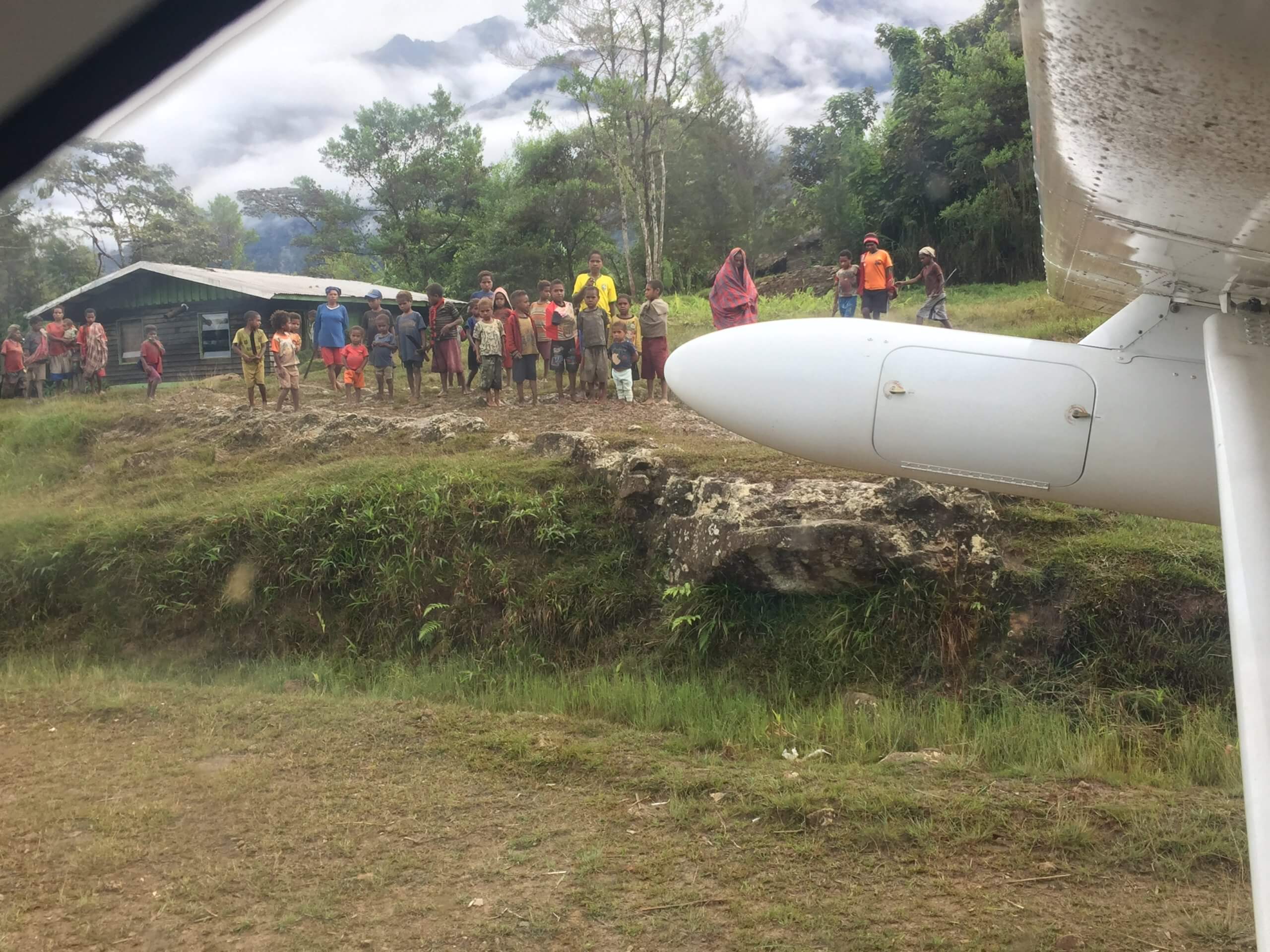Self-absorption intensifies isolation, but permits it to go unnoticed. – Mason Cooley
My husband and I prepared for our first trip to the grocery store in the new context of social distancing last week. This included a supply of wet wipes saturated in alcohol in baggies, hand sanitizier, and yes, disposable gloves. Focused on staying safe, I found myself thinking only of how this was turning life into islands of isolated places.
I felt like I was headed out on an excursion in a third world country, rather than a routine trip to my local ALDIS. This experience is renewing my awareness of isolation , whatever the cause. During this first outing, complete with wiping everything down before we brought our purchases into the house, I recalled a recent conversation. It was with a Mission Aviation Pilot (MAF) who had been to Africa where they continue to deal with Ebola.
Disease In Isolated Places
I know that Ebola and COVD-19 are very different diseases. One is blood born the other respiratory and that they spread differently. Yet, I do know both are quite contagious in their own ways and although there is an experimental vaccine now available for Ebola, it is still taking lives. Like Eboa, COVD-19 is scary because it is invisible and there are so many unknowns.
I asked how they dealt with decontaminating everyone and everything, including the aircraft they fly. Although MAF personnel do not reside within the Ebola red zones and they monitor carefully any migration of new cases of this disease, they do transport medical personnel, supplies and other necessities in and out of the areas of active cases. We didn’t have time to discuss every detail and protocol, but I do remember how they protect their homes. They have a kit by the door that includes:
-
disposable gloves
-
face masks
-
hand sanitizer
When someone comes to the door, gear is donned, distance maintained while temperatures are registered and entry protocol adhered to. Elbow bumps are used to greet.
Isolated Places At Home
As I assembled my sanitizing kit for our door, to deal with packages and mail, I thought about the parallels to my colleagues in other countries. Watch the MAF response to COVD-19. As I soaked my fresh veggies in baking soda and vinegar, I thought about:
- messaging my friends in Papua to compare what they do every day when coming home from the market
- the State Department briefing upon arrival in Madagascar on food safety, even within the Hilton Hotel.
I know these places deal with critters and microbes that flourish in the tropics as well as different standards in food distribution, but the processes used are effective in maintaining healthy lives while serving others. They are also time consuming and just generally inconvenient. My husband and I are not afraid of getting sick, but rather of being an unwitting carrier of COVD-19 to someone who is vulnerable.
So, we donned our gear and headed out, washed and sanitized, smiled and elbow bumped neighbors. In doing so, I prayed for those whose daily life is this way, every day, all day, all the time. It takes time, energy, resources and resilience. For us it is a temporary inconvenience, although not altogether bad habits to build, even continue. For many in the world, it is life.
Thinking of and praying for each of you wherever you are.
What has been the most challenging aspect of social distancing for you? Please share and let me know how I can pray for you.
